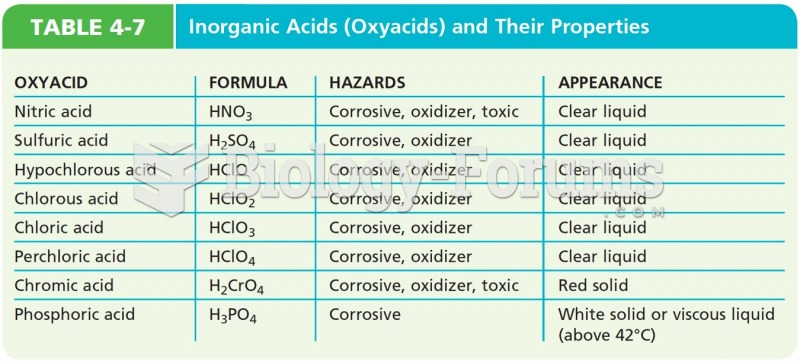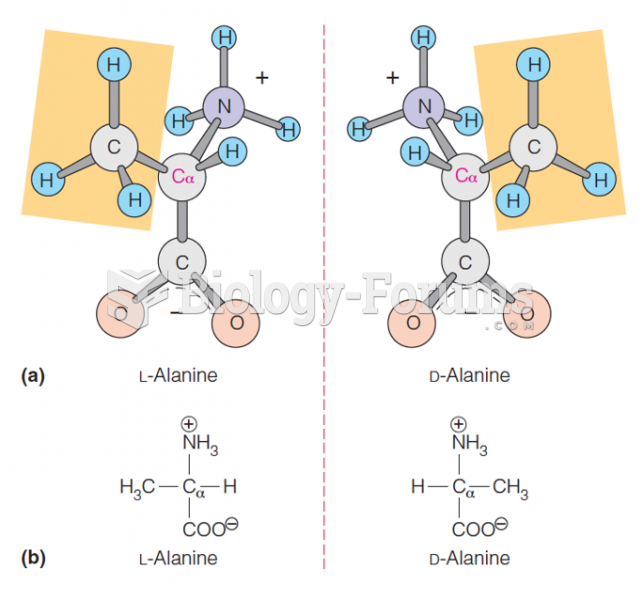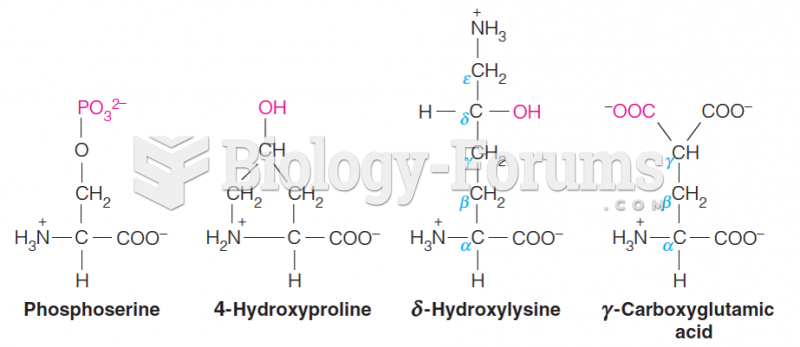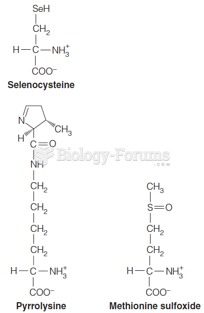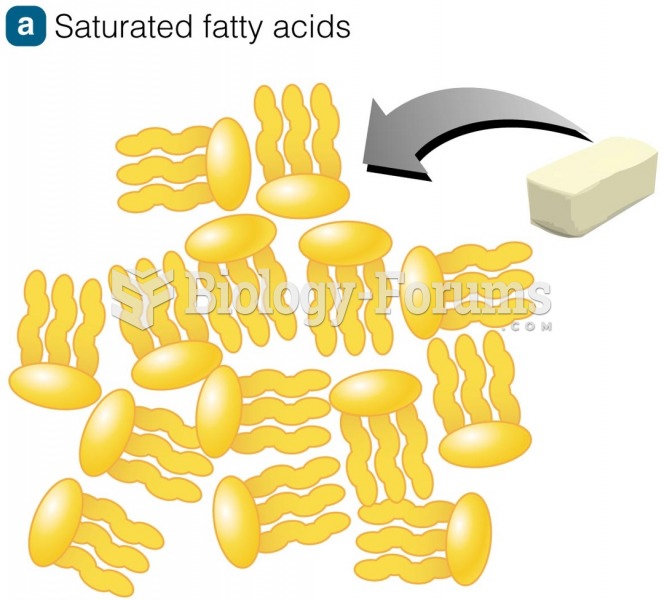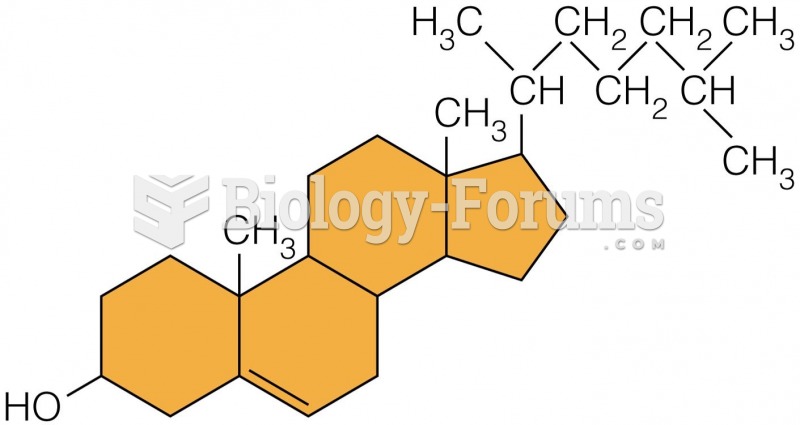|
|
|
Did you know?
Cyanide works by making the human body unable to use oxygen.
Did you know?
About 3.2 billion people, nearly half the world population, are at risk for malaria. In 2015, there are about 214 million malaria cases and an estimated 438,000 malaria deaths.
Did you know?
It is important to read food labels and choose foods with low cholesterol and saturated trans fat. You should limit saturated fat to no higher than 6% of daily calories.
Did you know?
The longest a person has survived after a heart transplant is 24 years.
Did you know?
The ratio of hydrogen atoms to oxygen in water (H2O) is 2:1.


